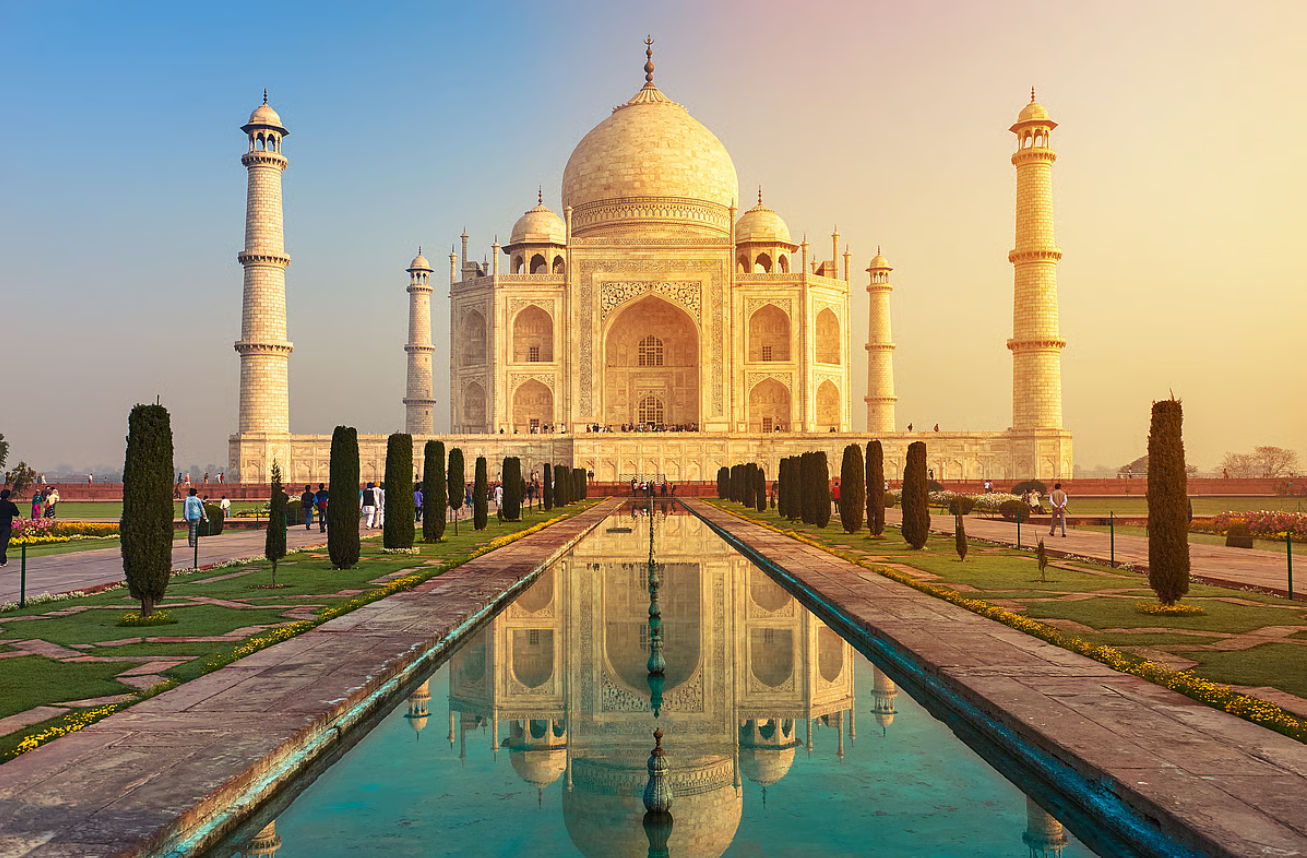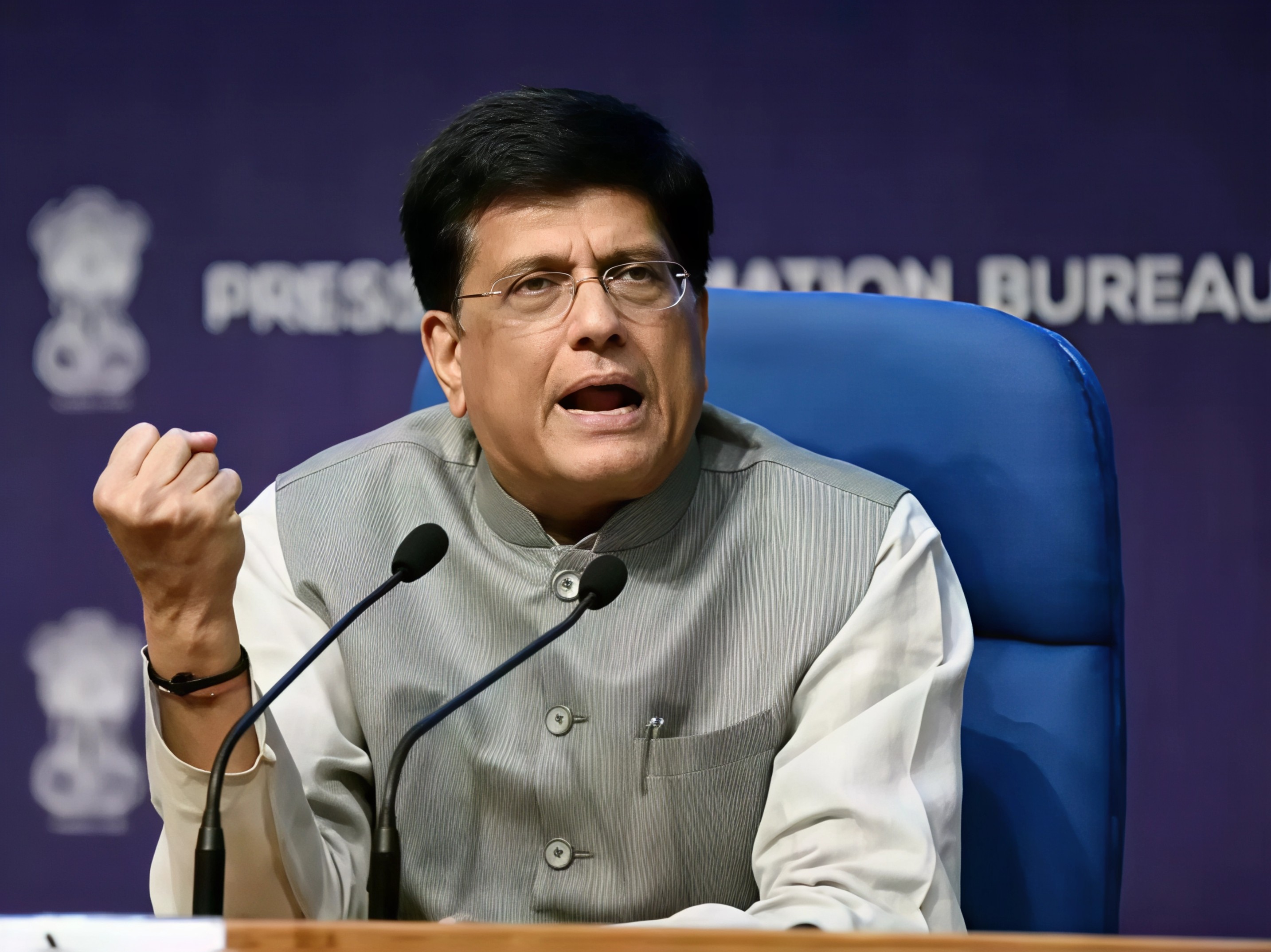The Taj Mahal, one of the most visited monuments in the world, has recently been at the centre of heated discussions after a video surfaced online claiming to show the underground tombs of Shah Jahan and Mumtaz Mahal. While tourists from across the globe flock to Agra to admire the iconic marble mausoleum, many are surprised to learn that what they see inside is not the actual burial site of the Mughal emperor and his queen.

The grand chamber of the Taj Mahal houses cenotaphs, or symbolic tombs, encircled by an intricately carved marble lattice and decorated with precious stone inlay work. These cenotaphs are what millions of visitors pay their respects to each year. However, the real tombs lie directly beneath in an underground chamber that remains firmly sealed off from public access. In the early years after the monument’s construction, this section was reportedly open, but today it is kept restricted to protect both the sanctity of the site and the stability of the structure.
The Taj Mahal has often been surrounded by stories of hidden rooms and secret passages. In reality, the basement beneath the mausoleum contains arched corridors that provide structural support to the main dome and minarets. These areas are periodically inspected and cleaned by the Archaeological Survey of India but remain locked to ensure security. While sensational claims circulate about hidden mysteries, experts agree that the restricted sections serve an important architectural and conservation purpose.

This decision to limit access has not diminished the appeal of the Taj Mahal. The monument continues to draw millions every year, with its perfect symmetry, the charbagh gardens, and the breathtaking sight of its white marble glowing at sunrise and sunset. For those curious about the real tombs, the answer is simple. They exist, but they will never be part of the tourist experience. What visitors see are the replicas, created to preserve the sanctity of the actual graves below.
Security at the site has also been tightened in recent years, with new anti-drone systems deployed to block unauthorized aerial access. Along with the efforts of the Central Industrial Security Force and the Uttar Pradesh Police, this ensures that the Taj Mahal continues to be both a heritage wonder and a safeguarded national treasure.
The restriction around the underground tombs is not about hiding secrets but about ensuring that one of the greatest monuments of love continues to stand tall for future generations. For travellers, the Taj Mahal offers more than enough wonder without stepping into the chambers below.
Follow Travel Moves on Instagram and Facebook for more travel stories, heritage insights, and updates from India’s most iconic destinations.








